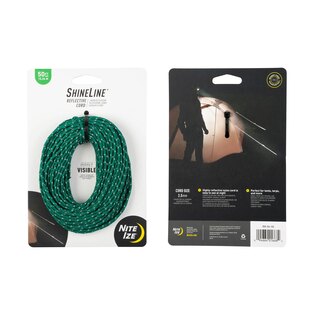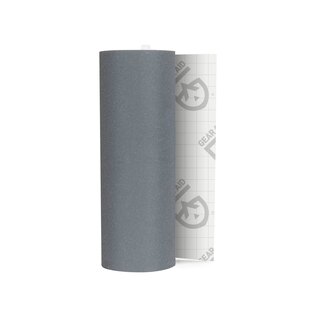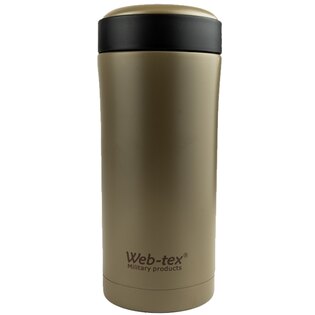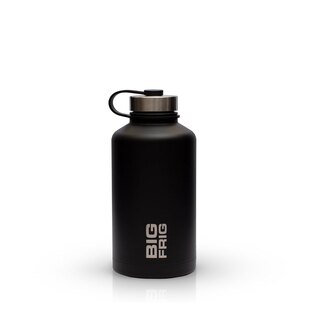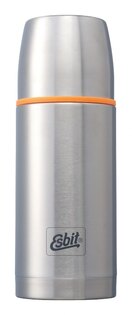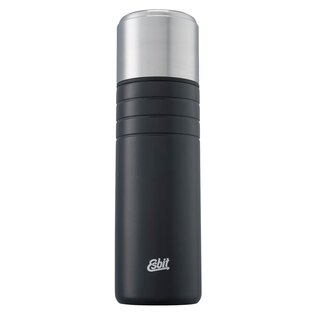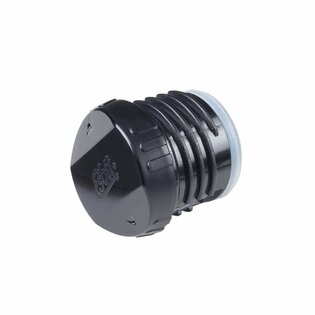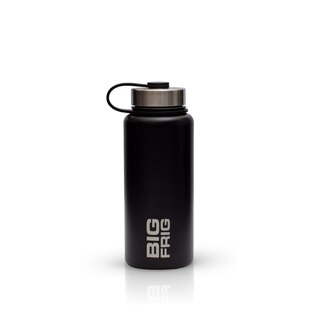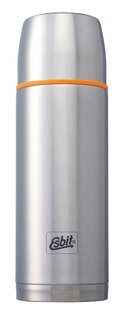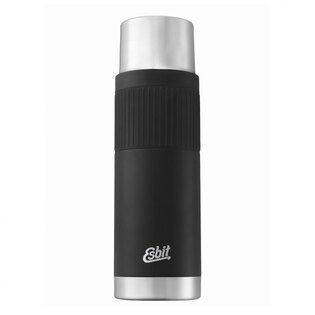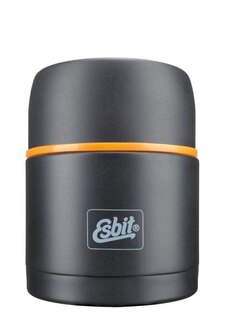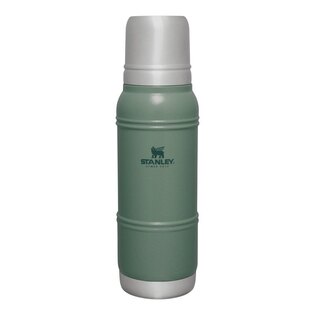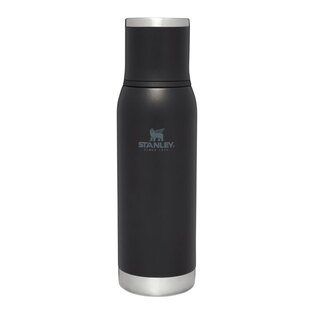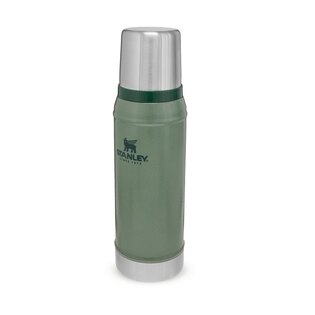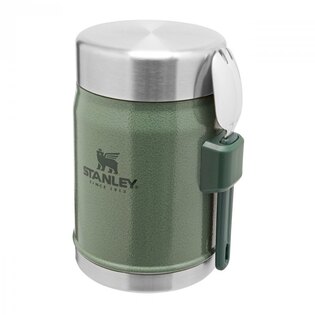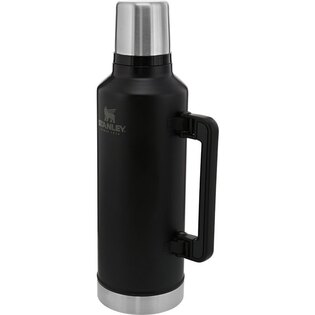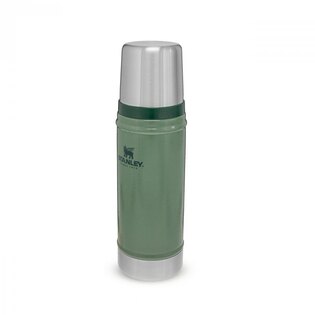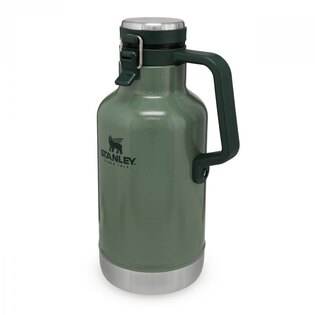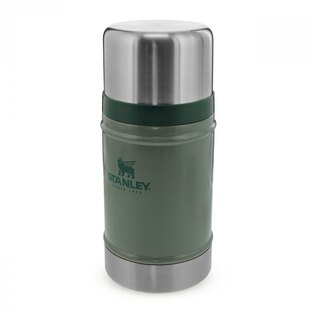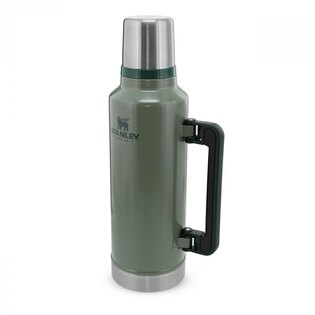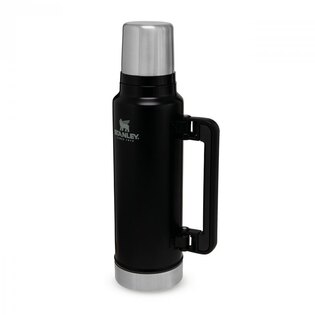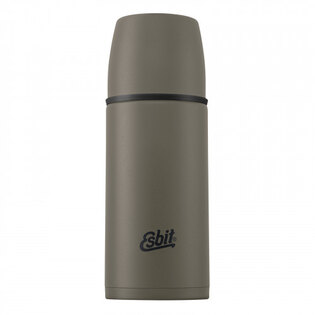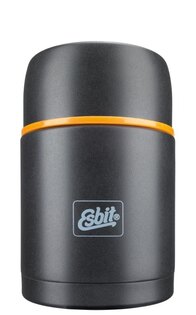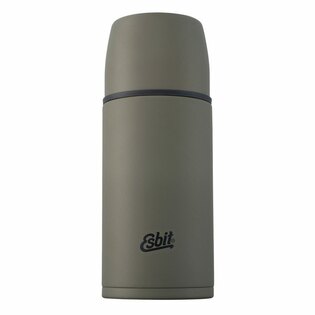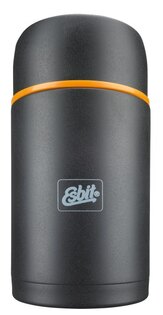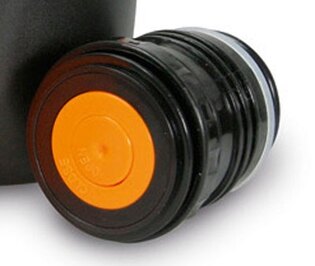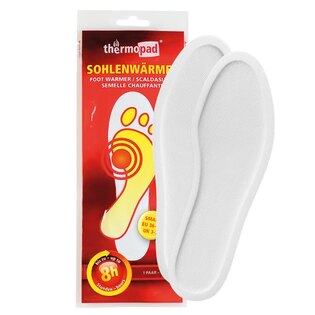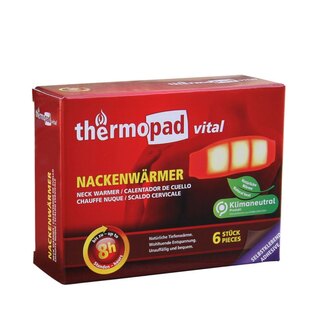7 things that shouldn't be missing in your backpack during an autumn hike
Autumn and winter do not in any case mean the necessity to obligatorily order yourself a winter sleep and home grounding until spring, when it gets really warm again. On the contrary, for some die-hard outdoorsmen, the real adventure begins right now. You just need to adapt the outdoor equipment accordingly. Pack these 7 useful things from the Rigad offer in your backpack, thanks to which you will not be surprised by the deteriorating conditions, and boldly go outdoors!
1) A proper headlamp
It gets dark early from fall to spring. Sometimes all it takes is a little delay and darkness catches up with you along the way. Therefore, a good headlamp should be an indispensable part not only of your backpack packed for an autumn hike, but also of EDC or car equipment. Do not forget about regular recharging or spare sources!
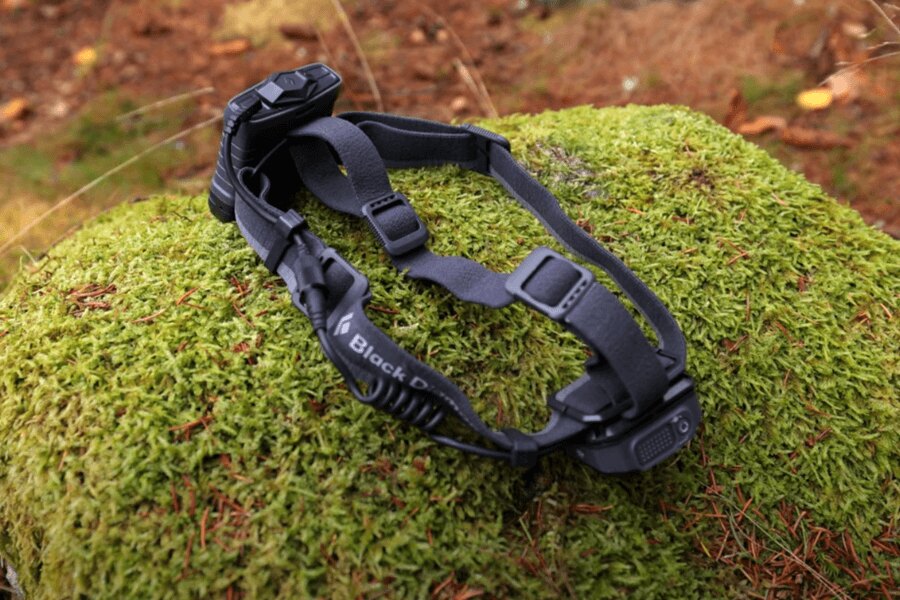
With the days getting shorter, a good headlamp is becoming more and more a necessity. The Icon 700 Black Diamond® model is also suitable for longer outdoor trips.
Think about reflective elements too!
Finding your way in the dark is important, but sometimes you also need to be seen. Therefore, equip your clothes, backpacks and bags with reflective elements wherever you need them, using reflective adhesive tape. This textile tape is strong, holds well on different surfaces and you don't have to risk damaging the material by ironing, as is the case with many other reflective elements. Due to the content of silver-colored glass microparticles, it has increased reflectivity.
The elements of your outdoor equipment that you need to find easily in the dark can be effectively highlighted with a reflective cord that reflects the light of headlamps and flashlights. They will work great, for example, when fixing tents and tarps, as reflective loops or as finger pulls on zippers (e.g. for a sleeping bag or rucksack).
2) A filled thermos flask
A thermos flask with something good to warm up – this is an autumn and winter classic. But choosing the right one is not easy. The thermos is on the list of equipment on which it is not worth saving too much – a low-quality specimen with poor insulation will very soon disappoint you with lukewarm tea at the very moment when you are counting on the fact that you will finally warm up after a long effort.
One of the main criteria that a good thermos should meet is quality material and precise design. An optimal price/performance ratio is provided by stainless steel. A slightly better, but at the same time more expensive version contains Teflon. Another key element is a quality cap that doesn't leak and is easy to use (even with gloves). Adjust the volume to the planned length of your expedition, or to the size of the side pocket on your backpack.
And what to pour into a thermos?
We have chosen the thermos, now it remains to decide on its contents. A popular mulled wine is possible. In the Rigad assortment, you will also find delicious teas and coffees that will give you energy and optimism. Some just need to be poured with hot water from a thermos and let it drip directly into a specially designed container, others you can prepare in a thermos at home in advance.
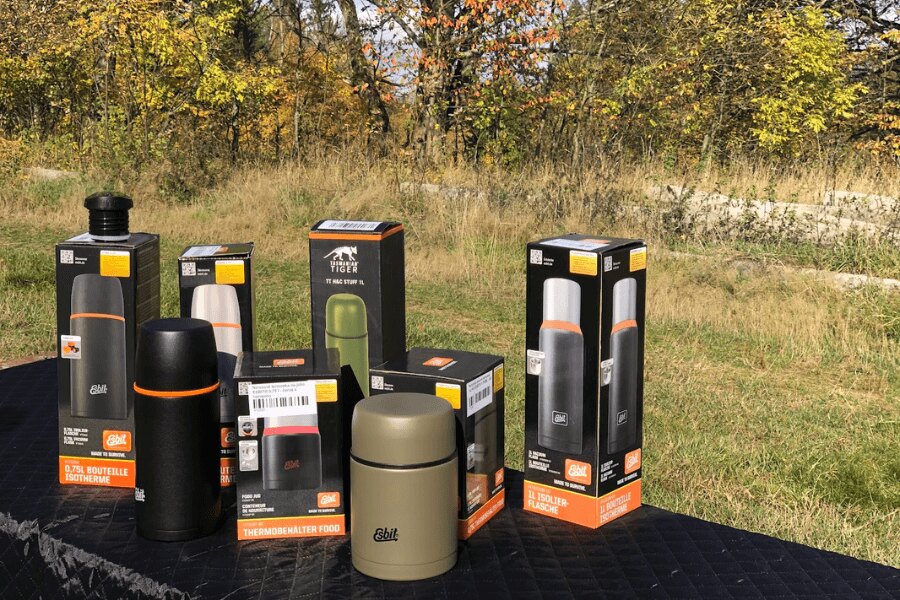
A quality thermos must be made of quality material and have a good seal that does not leak. Only then can you count on a well-deserved warm-up at the end of the day.
Thermoses are also suitable for food!
We have solved the hot drinks. Would you now appreciate a strengthening soup or perhaps a stew that will give you energy and get you on your feet even in an icy sleet? Food thermoses will keep your main course at the optimal temperature throughout the day. Thanks to the wide neck, you can "fight your way" to your food without difficulty, and you can easily wash the thermos at home.
Pack extra energy for your travels
Don't forget to throw some goodies in your backpack for immediate energy replenishment. Chocolate, cookies and bars or even jerky are always a safe bet!
3) Charged power bank
Not just your body needs energy in cold weather, but also electronics. It generally does not tolerate humidity and temperature fluctuations. At low temperatures, the capacity of the battery decreases and it is easily discharged. Your cell phone can literally drain to zero in a few seconds in the freezing wind.
A safe space is not even in the outer pockets of jackets, where your precious electronics are protected only by a thin layer of fabric that does not prevent the cold. Therefore, it is better to carry your mobile phone in the inside pocket of your jacket or sweatshirt, and to be safe, always carry a power bank with you and charge it continuously at home.
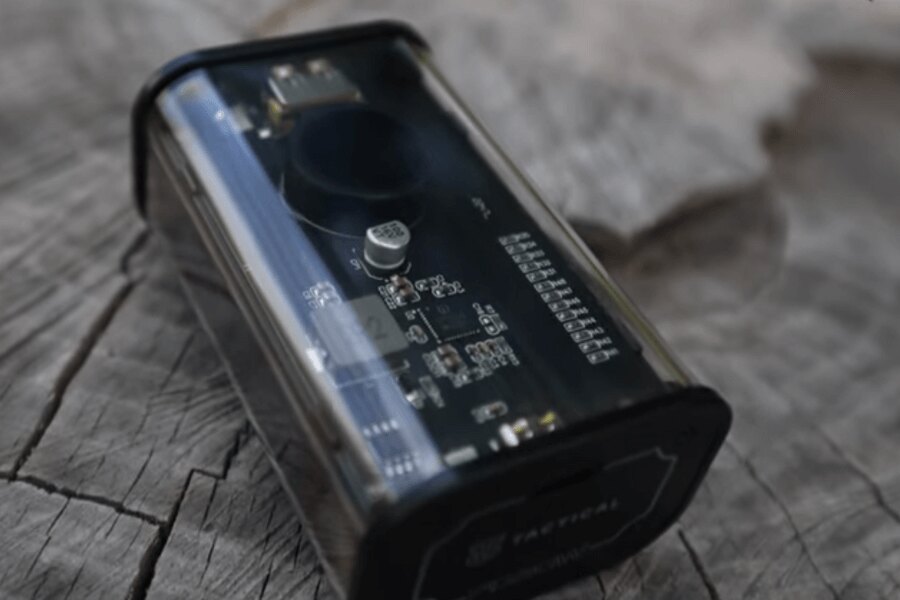
Electronics discharge quickly at low temperatures, so always have a charged power bank in reserve. The Tactical® C4 Explosive model will provide you with a decent dose of energy for a long time.
4) Seat pad
The role of a seat pad does not need to be explained at length. A dry and warm butt is an effective prevention against unwanted souvenirs in the form of unsightly stains on your pants and an unpleasant feeling of dampness, or worse, a cold, intertrigo or urinary tract infection.
Maybe you're in two minds if the seat pad isn't a bit of a waste and you think that you can always sit on a spare sweatshirt or windbreaker that you have in your backpack. We don't think so. On the one hand, you will appreciate warm clothes the most during stops, when the body quickly loses the much-needed heat after physical exertion, and on the other hand, the fabric will not provide you with such high-quality insulation and comfort.
Seat pads from the Rigad offer are lightweight, compact and made of modern materials that insulate well and do not slip.
5) Thermal foil (or two)
Most of us carry at least one package with thermal foil in our first aid kit. It has a very wide and universal use. It protects against cold and heat loss, but also against the wind, which can lower the feeling temperature by several degrees.
In remote areas, it will be useful for caring for the wounded, who need to provide thermal comfort for a long time. You can use thermal foil, for example, as a mat for material, an emergency shelter, a means of signaling or perhaps as an aid in the improvised transport of the wounded. In short, there are many reasons to carry several pieces with you.
6) Rain gear
A waterproof jacket with a membrane will reliably protect you from the unpredictable autumn weather. Alternatively, pack a raincoat or waterproof poncho as an emergency option. Store your valuables and electronics in waterproof pouches, of which we offer a wide selection and can be useful in all weather conditions.
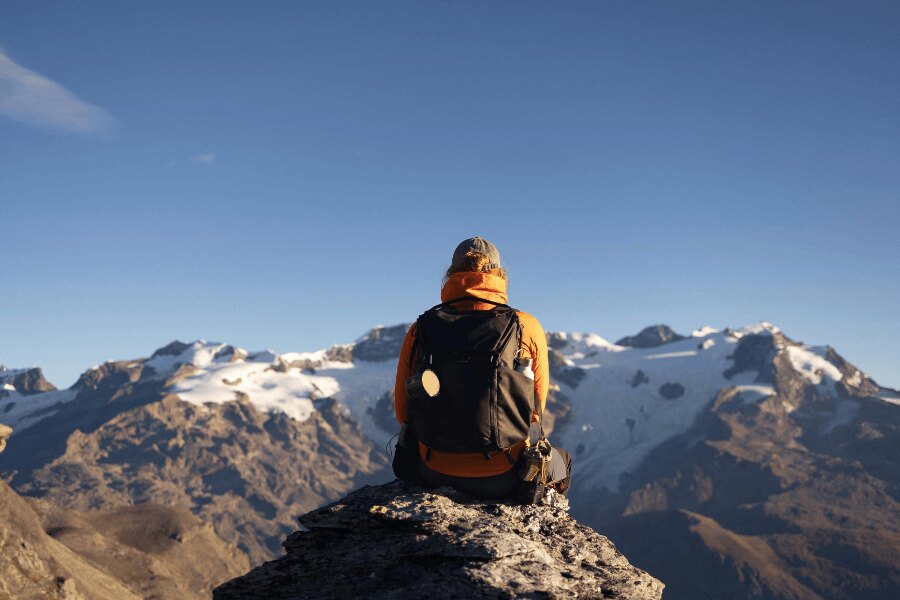
Autumn and winter are not excluded with outdoor activities. You just need to adapt your list of outdoor equipment to the cold and unpredictable weather.
7) Pocket warmers for every occasion
It never hurts to carry a few of these small but practical packages with you permanently during the colder months. They take up only a minimum of space in your backpack or the pocket of your autumn jacket and do not add more than a few grams to the total weight of the equipment, which you hardly notice.
However, if needed, they will provide you with hours and hours of the warmth you need. These ThermoPad bags work on the basis of air activation – all you have to do is take them out of their packaging and place them where you need them. After just a few minutes, they start to generate heat and keep warm for up to 8 hours.
TIP: Pocket warmers are also suitable for a sleeping bag – either during a night bivouac or as part of a break during a longer hike. Place them on your feet in your sleeping bag and say goodbye to frozen toes forever.
Readers are further interested





































































































































